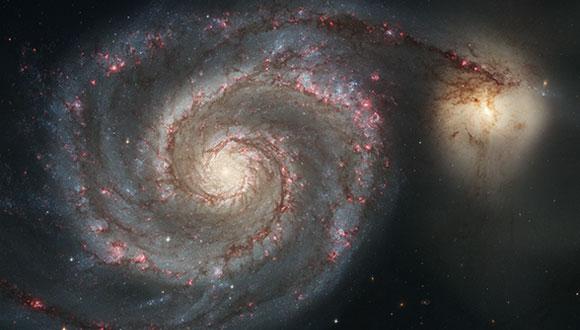Astronomy & Astrophysics Seminar: Gaia Photometry and Exoplanetary Transits
Aviad Panahi, TAU
Zoom: https://tau-ac-il.zoom.us/j/89636068691?pwd=YkVoWG9laTFPZHVENWovQ1FWczUvQT09
Abstract:
The Gaia mission has already revolutionized astronomy with its high-precision astrometry and photometry for 1.8 billion stars, with the main objective of creating the largest and most accurate three-dimensional map of the Milky Way. Although the photometry of Gaia is precise enough to detect hot Jupiter exoplanets, its temporal sampling is sparse and highly irregular, with an average of 12 measurements per star each year, which makes it suboptimal for detecting transiting exoplanets. Nonetheless, thanks to the immensity of the Gaia database, we have managed to detect a few dozen transiting exoplanet candidates. We even confirmed two of them as hot Jupiters, Gaia-1b and Gaia-2b, using the PEPSI spectrograph at the Large Binocular Telescope (LBT). We have also established a collaboration between Gaia and TESS, the newest planet hunter of NASA, with the purpose of improving the identification of transiting exoplanetary candidates.
Seminar Organizer: Dr. Iair Arcavi


